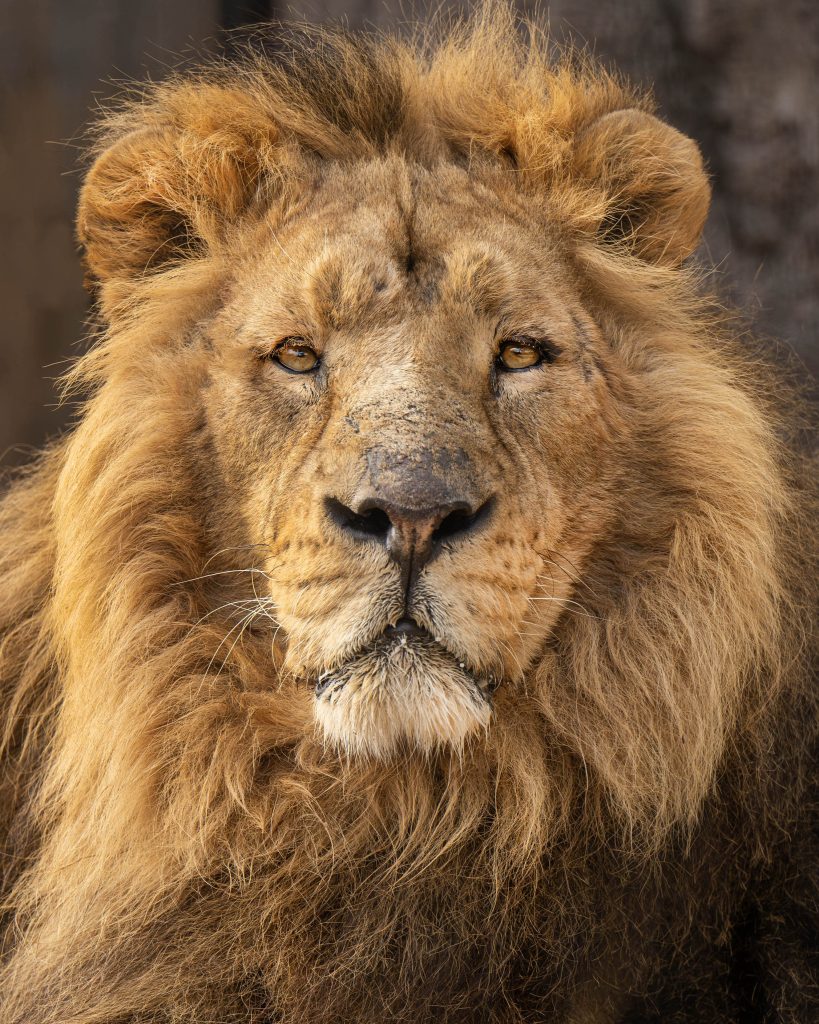Key Facts

Asiatic lions are a subspecies of lion which can only be found in the Gir Forest, located in the state of Gujarat in India. These lions were once found in many parts of the Middle East and India, but due to habitat loss and destruction, this is no longer the case. Today, only around 700 of remain in the wild and they are classified as Endangered on the IUCN. This means, they are at risk of extinction in the near future.
The Asiatic lion is a symbol of strength and pride in India and efforts are being made to ensure these majestic animals do not disappear forever.
You can tell Asiatic lions apart from African lions by a few key features. They have a distinctive fold of skin that runs along their belly, and the males have shorter, darker manes, which often makes their ears easy to see. Asiatic lions also tend to live in smaller prides, usually made up of just females. They are often more active at night and in the early morning, when the weather is cooler, resting during the hotter parts of the day.
Sahee is a confident lion with a very expressive face! He loves to explore and interact with any enrichment given to him.
Sonika is a shy lion with a very gentle nature, but do not be fooled – she also has a playful and slightly mischievous side too!
Lions roar to communicate with their pride and to show strength and dominance over their territory. A lion’s roar is incredibly loud – it can be heard from up to 5 miles away!
Did you know? A lions roar is around 114 decibels, which is as loud as a chainsaw or snowmobile!
Asiatic lions are carnivores, which means they only eat meat! They typically hunt animals such as wild boar, spotted deer, and nilgai – the largest species of antelope in Asia. A small part of their diet can also include livestock, such as goats and buffalo. Asiatic lions have even been observed scavenging, feeding on carcasses they come across in the forest.
In short bursts, Asiatic lions can reach speeds of up to 37 miles per hour. However, they lack the stamina to maintain high speeds over long distances. Typically, they will stealthily approach their prey, closing the distance to around 30 metres before launching into a swift sprint to make the kill.

Social